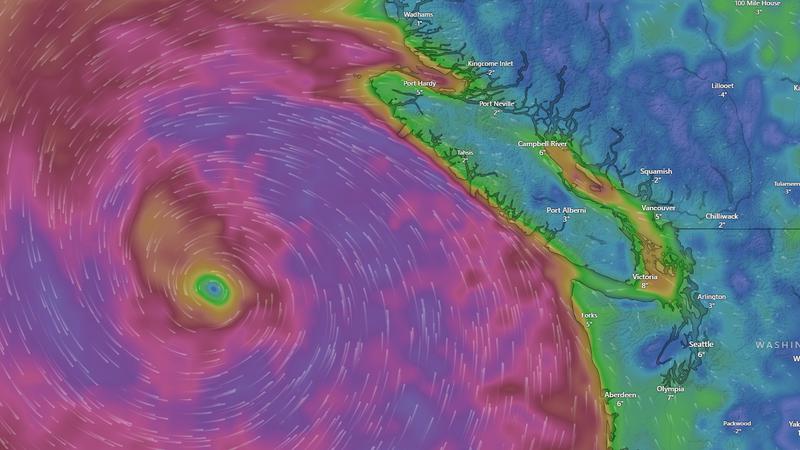
Nanaimo & Oceanside not expected to feel full effects of ‘bomb cyclone’ hitting B.C.
NANAIMO — Despite forecasts predicting a “bomb cyclone” moving through coastal B.C. mid-week, one Environment Canada meteorologist doesn’t forsee any major issues locally.
Brian Proctor said a “very significant” low pressure system is swirling in the Pacific, with strong winds and heavy rain forecast for areas south of B.C. and the western side of Vancouver Island beginning Tuesday, Nov. 19 and continuing into Wednesday.
But parts of eastern Vancouver Island, ranging from Ladysmith to Campbell River, should only expect between 10 to 20 millimetres of rain, coupled with some moderately strong wind gusts.
“The biggest winds are going to be coming out of the coastal inlets, areas that are downstream of some of those northwest-southeast inlets will pick up more wind and probably areas like Vancouver with the east-west orientation of the Fraser Valley will produce some more wind as well.”



